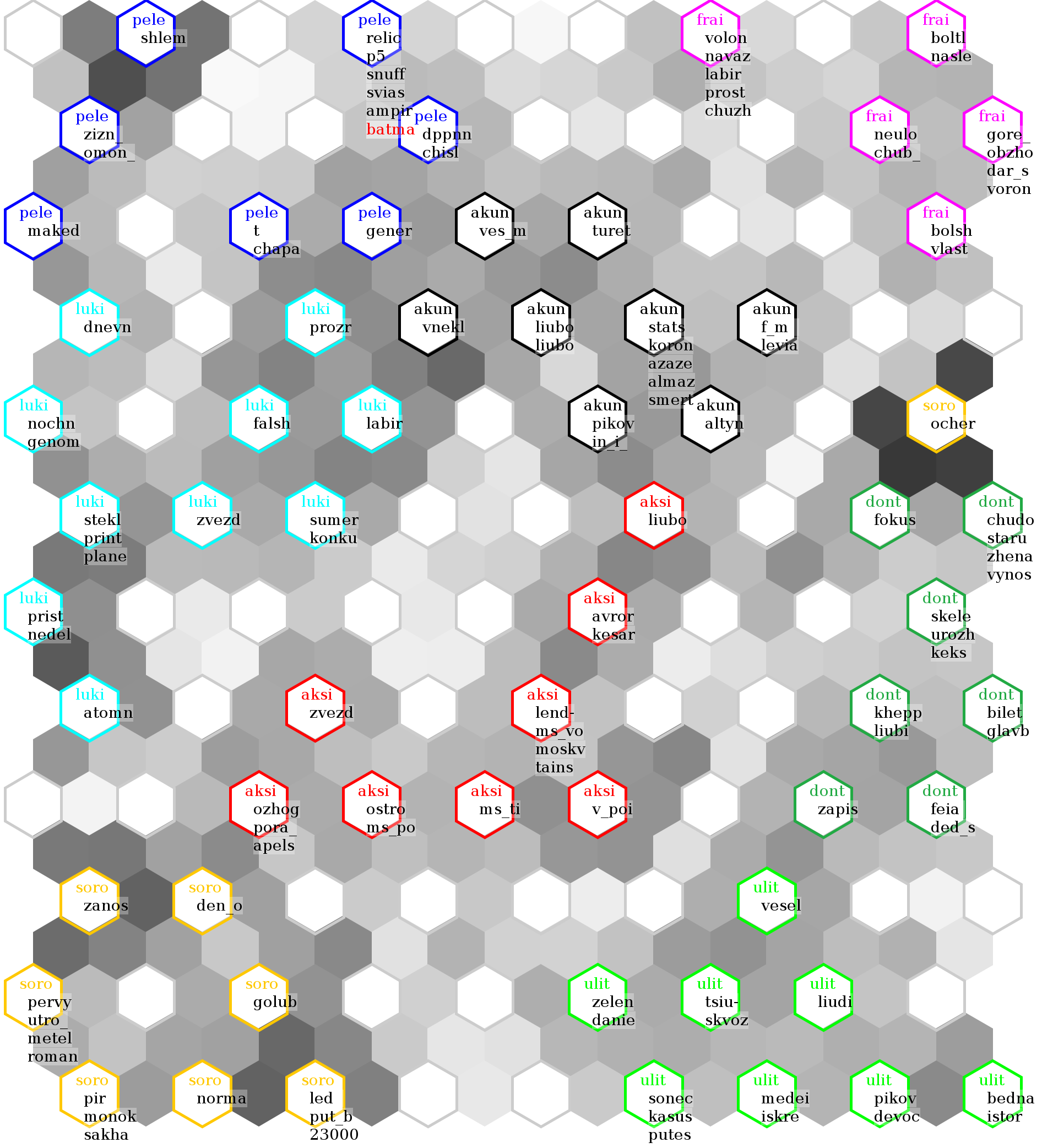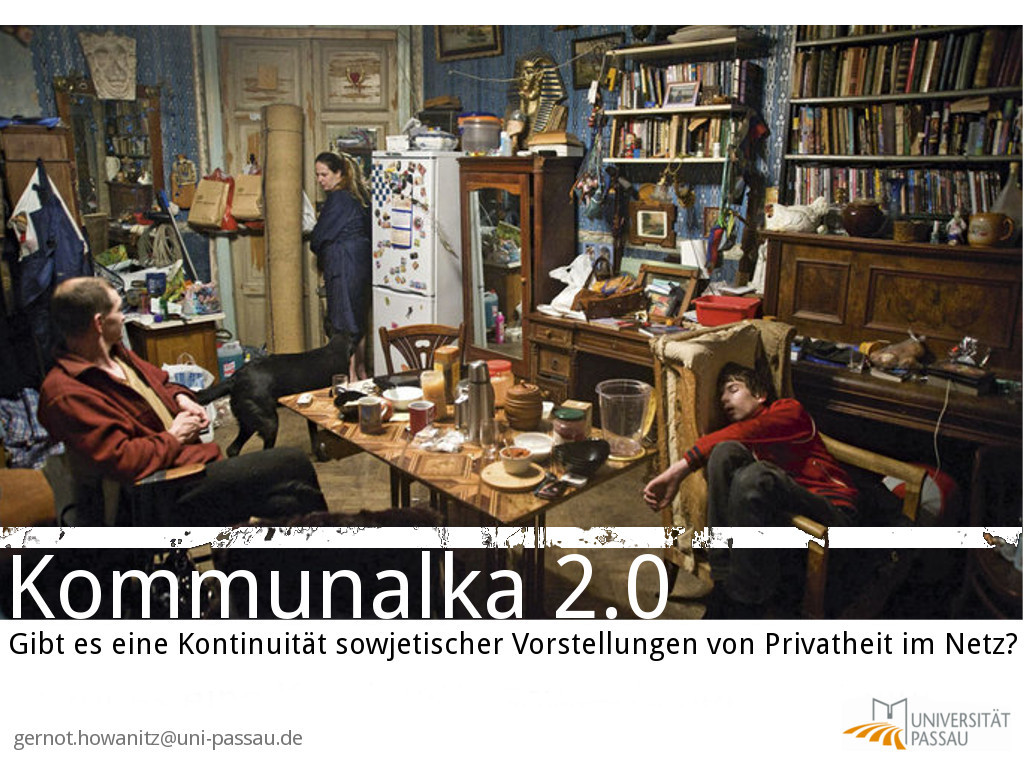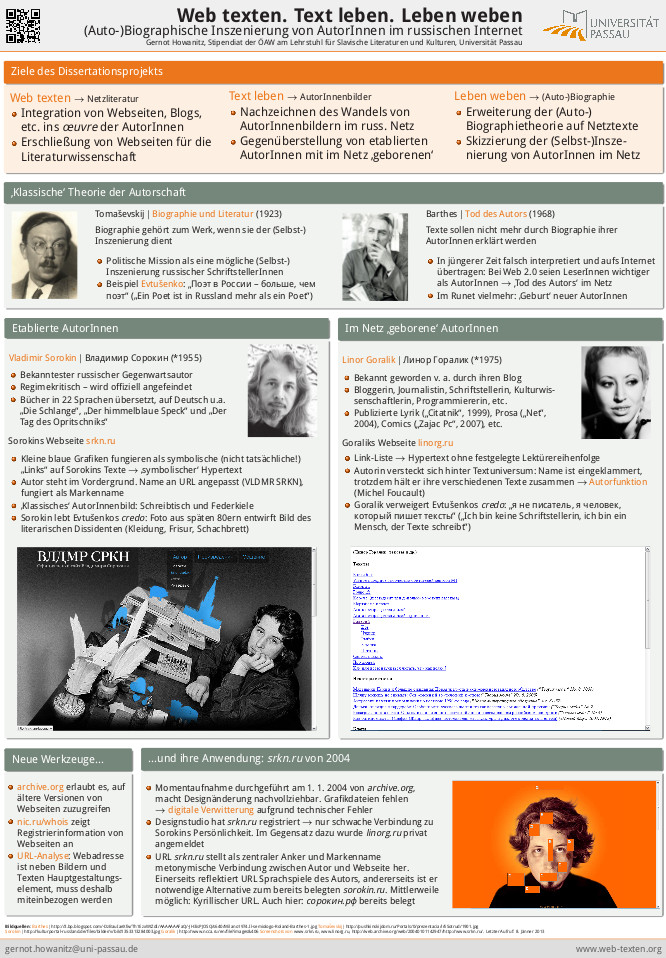This paper investigates Russian author Linor Goralik’s specific use of Twitter, a popular microblogging portal. In contrast to a fully-fledged blog, Twitter messages (tweets) are limited to 140 characters. Because of this restriction, Twitter communication is fast-paced and can be used to quickly distribute new information. Linor Goralik’s Twitter page (twitter.com/snorapp), however, is different: It is explicitly labeled as a ‘literary project’. Each tweet starts with the words ‘I see:’. Then, a small observation from daily life follows, for example: ‘I see: a scrawny old cat looking with hostility on a sinewy old pigeon’. Thus, Goralik creates the illusion that she simply uses Twitter to record memorable moments. These real life miniatures, however, share a certain poetic quality, and are, after all, literary texts, so their authenticity is questionable. Nonetheless, Goralik’s literary project can be regarded an interesting example of Life Writing – or rather Life Tweeting. Although the subject is present in each tweet by means of one word only, it covers multiple facets ranging from the lyrical subject to Linor Goralik’s author persona. Moreover, the Twitter page serves as a part of her multi-layered online projects: a web comic, several blogs, a website, etc. The author subject is spread across multiple sites, which represent different aspects of Goralik’s personality. But not only the subject is fragmentary. In her tweets, Goralik shatters Life itself to small pieces.
But RL (‘real life’) breaks into the literary cosmos. On 10 December 2011, massive anti-Putin protests take place in Moscow. Because of these developments, Goralik uses her Twitter account as a news relay. Suddenly, authenticity is crucial, and the otherwise rather undefined subject of ‘I see’ becomes political activist Linor Goralik. This constant change, shifting and deferral of both the subject and life in Goralik’s tweets challenges contemporary Life Writing theory.
Slides are available here:







